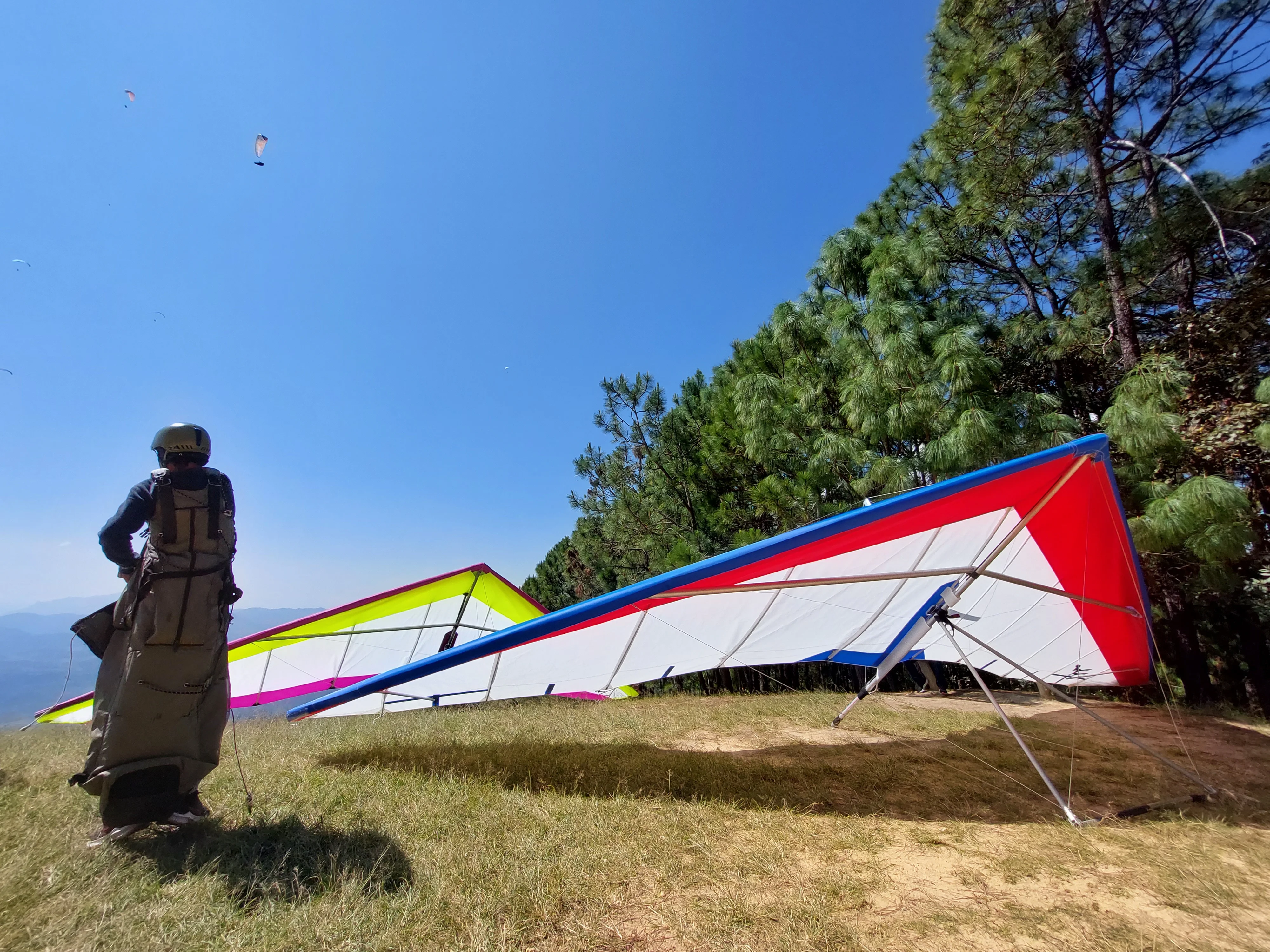In Wills Wing we continue to manufacture Hang Gliders with top quality materials, almost 95% of our raw material is imported, always looking for the best quality standards in our sails, tubes, bolts, rounds, nuts, washers, plastic parts, pulleys, mylar, wires, webbings, threads, ropes and CNC parts.
In our production line we continue to have the safety processes that a product like this deserves and should have and especially offer you safety and security as pilot for this activity.
We recommend these whores below to ensure your own safety.
- Training: Proper training is essential for safe hang gliding. Attend certified training programs to learn the fundamentals of hang gliding, including launching, flying, and landing techniques.
- Equipment: Use well-maintained and suitable equipment. Regularly inspect your hang glider, harness, helmet, and other gear for any signs of wear or damage. Follow manufacturer guidelines for maintenance and replacement.
- Weather Conditions: Check weather conditions before flying. Avoid flying in adverse weather such as strong winds, thunderstorms, or turbulent conditions that could compromise safety.
- Pre-flight Checks: Conduct thorough pre-flight checks before every flight. Ensure all connections, straps, and components are secure. Verify control surfaces for proper movement.
- Site Familiarity: Fly in areas you are familiar with and that are suitable for your skill level. Different sites have varying levels of complexity; choose one appropriate for your experience.
- Communication: Maintain clear communication with other pilots and ground support. Follow established protocols for radio communication and signals to avoid mid-air collisions or misunderstandings.
- Flight Planning: Plan your flights carefully. Consider factors like wind direction, thermals, and potential landing sites. Always have an emergency landing plan in mind.
- Solo Flying: Avoid solo flying, especially if you're relatively inexperienced. Flying with a buddy or within a group can provide added safety in case of emergencies.
- Emergency Procedures: Learn and practice emergency procedures, such as how to handle sudden changes in conditions, equipment malfunctions, and emergency landings.
- Physical Condition: Ensure you are in good physical condition before flying. Hang gliding can be physically demanding, so being fit and healthy can contribute to safer flights.
- Mental Preparedness: Stay focused and mentally prepared during flight. Panic or distraction can lead to poor decision-making and potentially unsafe situations.
- Regulations: Adhere to all local regulations and airspace restrictions. Obtain necessary permits or permissions for flying in certain areas.
- Skill Progression: Gradually progress in your hang gliding skills. Don't attempt maneuvers or conditions beyond your expertise level until you've gained sufficient experience.
- Risk Assessment: Continuously assess risks during flight. Be prepared to abort a flight if conditions deteriorate or if you sense potential dangers.
Remember, hang gliding is an adventure sport that can offer incredible experiences, but safety should always be the top priority. Always prioritize proper training, thorough equipment checks, and prudent decision-making to enjoy hang gliding while minimizing risks.
We continue to work to further improve these quality standards inherited from Wills Wing CA, you can see them here.
